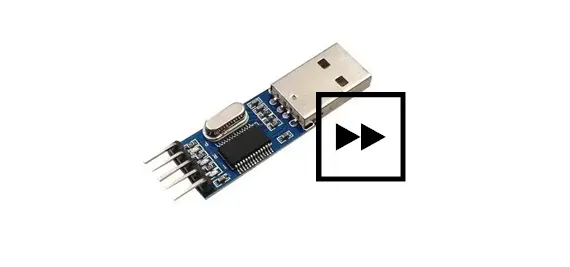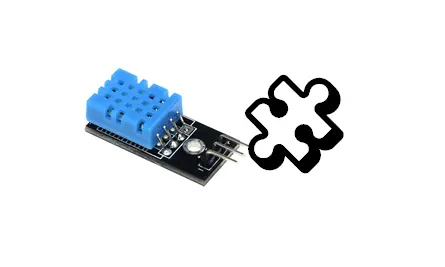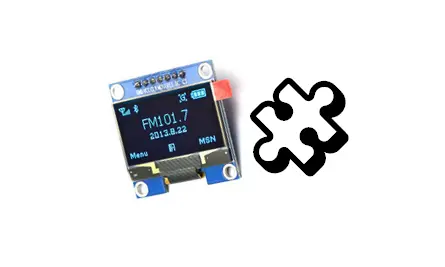1
2
3
4
5
6
7
8
9
10
11
12
13
14
15
16
17
18
19
20
21
22
23
24
25
26
27
28
29
30
31
32
33
34
35
36
37
38
39
40
41
42
43
44
45
46
47
48
49
50
51
52
53
54
55
56
57
58
59
60
61
62
63
64
65
66
67
68
69
70
71
72
73
74
75
76
77
78
79
80
81
82
83
84
85
86
87
88
89
90
91
92
93
94
95
96
97
98
99
100
101
102
103
104
105
106
107
108
109
110
111
112
113
114
115
116
117
118
119
120
121
122
123
124
125
126
127
128
129
130
131
132
133
134
135
136
137
138
139
140
141
142
143
144
145
146
147
148
149
150
151
152
153
154
155
156
157
158
159
160
161
162
| #include "stm32f10x.h"
#include <stdarg.h>
#include <stdio.h>
#include <string.h>
#include "esp8266.h"
#include "timer.h"
#include "Systick.h"
#define USART2_MAX_SEND_LEN 600
uint8_t USART2_TX_BUF[USART2_MAX_SEND_LEN];
USART_Buffer ESP8266_Buffer;
void USART2_IRQHandler(void) {
if (USART_GetITStatus(USART2, USART_IT_RXNE) != RESET) {
if (ESP8266_Buffer.Length < (USART_RX_BUF_SIZE - 1))
ESP8266_Buffer.Body[ESP8266_Buffer.Length++] = (char)USART_ReceiveData(USART2);
}
if (USART_GetITStatus(USART2, USART_IT_IDLE) != RESET) {
ESP8266_Buffer.Body[ESP8266_Buffer.Length] = '\0';
volatile uint16_t temp;
temp = USART2->SR;
temp = USART2->DR;
TIM_SetCounter(TIM2,0);
TIM_Cmd(TIM2,ENABLE);
}
}
void TIM2_IRQHandler(void)
{
if (TIM_GetITStatus(TIM2, TIM_IT_Update) != RESET)
{
ESP8266_Buffer.FinishFlag = 1;
TIM_ClearITPendingBit(TIM2, TIM_IT_Update );
TIM_Cmd(TIM2, DISABLE);
}
printf("Now Buffer:\r\n%s",(uint8_t*)ESP8266_Buffer.Body);
}
void ESP8266_Init(uint32_t baud)
{
RCC_APB1PeriphClockCmd(RCC_APB1Periph_USART2,ENABLE);
RCC_APB2PeriphClockCmd(RCC_APB2Periph_GPIOA,ENABLE);
GPIO_InitTypeDef GPIO_InitStructure;
GPIO_InitStructure.GPIO_Mode=GPIO_Mode_AF_PP;
GPIO_InitStructure.GPIO_Pin=GPIO_Pin_2;
GPIO_InitStructure.GPIO_Speed=GPIO_Speed_50MHz;
GPIO_Init(GPIOA,&GPIO_InitStructure);
GPIO_InitStructure.GPIO_Mode=GPIO_Mode_IPU;
GPIO_InitStructure.GPIO_Pin=GPIO_Pin_3;
GPIO_InitStructure.GPIO_Speed=GPIO_Speed_50MHz;
GPIO_Init(GPIOA,&GPIO_InitStructure);
USART_DeInit(USART2);
USART_InitTypeDef USART_InitStruture;
USART_InitStruture.USART_BaudRate=baud;
USART_InitStruture.USART_HardwareFlowControl=USART_HardwareFlowControl_None;
USART_InitStruture.USART_Mode=USART_Mode_Tx | USART_Mode_Rx;
USART_InitStruture.USART_Parity=USART_Parity_No;
USART_InitStruture.USART_StopBits=USART_StopBits_1;
USART_InitStruture.USART_WordLength=USART_WordLength_8b;
USART_Init(USART2,&USART_InitStruture);
USART_ITConfig(USART2,USART_IT_RXNE,ENABLE);
USART_ITConfig(USART2, USART_IT_IDLE, ENABLE);
NVIC_PriorityGroupConfig(NVIC_PriorityGroup_2);
NVIC_InitTypeDef NVIC_InitStructure;
NVIC_InitStructure.NVIC_IRQChannel=USART2_IRQn;
NVIC_InitStructure.NVIC_IRQChannelCmd=ENABLE;
NVIC_InitStructure.NVIC_IRQChannelPreemptionPriority=2;
NVIC_InitStructure.NVIC_IRQChannelSubPriority=3;
NVIC_Init(&NVIC_InitStructure);
USART_Cmd(USART2,ENABLE);
Timer_Init(0,20000-1,7200-1);
TIM_Cmd(TIM2,DISABLE);
}
void ESP8266_SendByte(uint8_t byte)
{
USART_SendData(USART2,byte);
while(USART_GetFlagStatus(USART2,USART_FLAG_TXE)==RESET);
}
void ESP8266_Printf(char *format,...)
{
va_list arg;
va_start(arg,format);
vsprintf((char*)USART2_TX_BUF,format,arg);
va_end(arg);
u16 i,j;
i=strlen((const char*)USART2_TX_BUF);
for(j=0;j<i;j++){
ESP8266_SendByte(USART2_TX_BUF[j]);
}
}
uint8_t ESP8266_Cmd(char *cmd,char *expect_ack,u16 waittime){
ESP8266_Printf("%s\r\n",cmd);
uint8_t chk=0;
while(waittime--)
{
Delay_ms(10);
if(ESP8266_Buffer.FinishFlag)
{
chk=ESP8266_Check_Str(ESP8266_Buffer.Body,expect_ack);
if(chk){
Delay_xms(20);
ESP8266_Buffer.Length =0 ;
ESP8266_Buffer.Body[ESP8266_Buffer.Length] = '\0';
break;
}
ESP8266_Buffer.FinishFlag = 0;
}
if(!waittime){
printf("Time Out!\r\n");
return 1;
}
}
return 0;
}
uint8_t ESP8266_Check_Str(char* check,char* espect){
char *strx=0;
strx=strstr((const char*)check,(const char*)espect);
if(strx)
return 1;
else
return 0;
}
|





